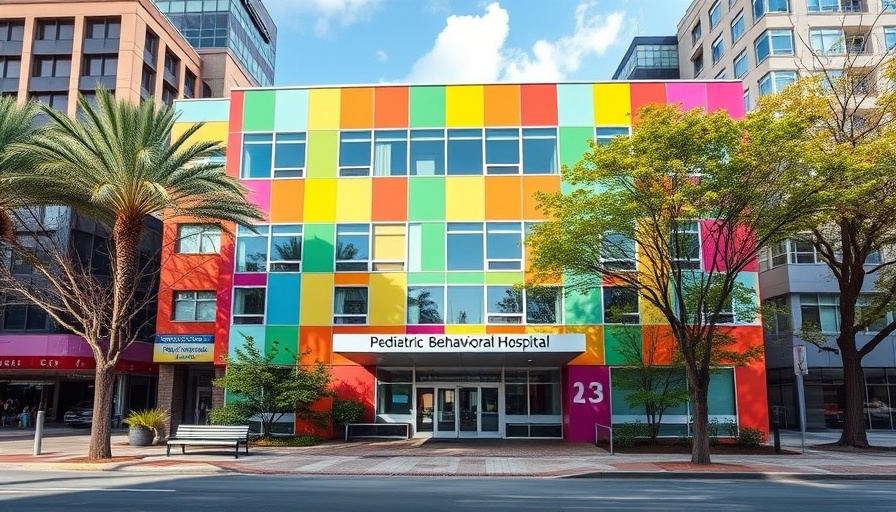
Proposed Changes to New York's Prevailing Wage Laws: What You Need to Know
In Albany, New York, lawmakers are considering a significant change to the prevailing wage laws that could impact many private construction projects. This proposed legislation aims to lower the threshold for triggering prevailing wage requirements on private projects that receive public funding, moving from 30% to 20%. Understanding this change is crucial for anyone involved in the construction industry, especially as we approach the state's budget deadline on April 1.
What Are Prevailing Wages and Why Do They Matter?
Prevailing wages are the minimum hourly rates that workers must be paid on publicly funded projects. These rates are determined based on the average pay within the region where the project is located. The concept is designed to ensure that workers receive fair compensation for their labor, particularly in construction, where earnings can vary significantly.
By lowering the threshold to 20% public funding, more projects would now be required to adhere to these pay standards. This change is expected to affect a broad range of commercial projects, particularly in the real estate sector, from retail stores to community spaces, excluding residential housing as highlighted by Gary LaBarbera, president of the Building and Construction Trades Council.
Addressing the Power of the Public Subsidy Board
Currently, the Public Subsidy Board plays a crucial role in determining which projects meet the prevailing wage requirements. However, its effectiveness has come under scrutiny due to frequent deadlocks and slow decision-making. In the past four years, only six out of thirty-six projects have been approved for prevailing wage, indicating a systemic issue that the proposed legislation aims to address by dissolving the board.
This restructuring could lead to a more streamlined process, allowing quicker implementation of prevailing wage standards and, ultimately, fairer compensation for workers involved in construction projects that receive even modest public funds.
The Future of Construction in New York
As these proposed changes are debated, many stakeholders are weighing the potential implications for New York's construction industry. Lowering the prevailing wage threshold could lead to increased transparency and support for workers, aligning with broader efforts to boost labor rights within the state.
However, it is essential to consider how this might impact project costs and the willingness of developers to undertake new projects. Balancing fair wages for workers while encouraging investment in construction will require careful deliberation from policymakers.
How You Can Stay Informed
For those in the construction field or interested in workforce standards, staying updated on legislative changes is vital. Engaging with local advocacy groups, attending town hall meetings, and following news updates can help keep you informed about how these changes could impact your work.
As the budget deadline approaches, the outcome of this proposed legislation will significantly affect how construction projects are financed and managed in New York. By understanding these developments, workers and businesses alike can better navigate the evolving landscape of construction and labor rights.
 Add Row
Add Row  Add
Add 




Write A Comment